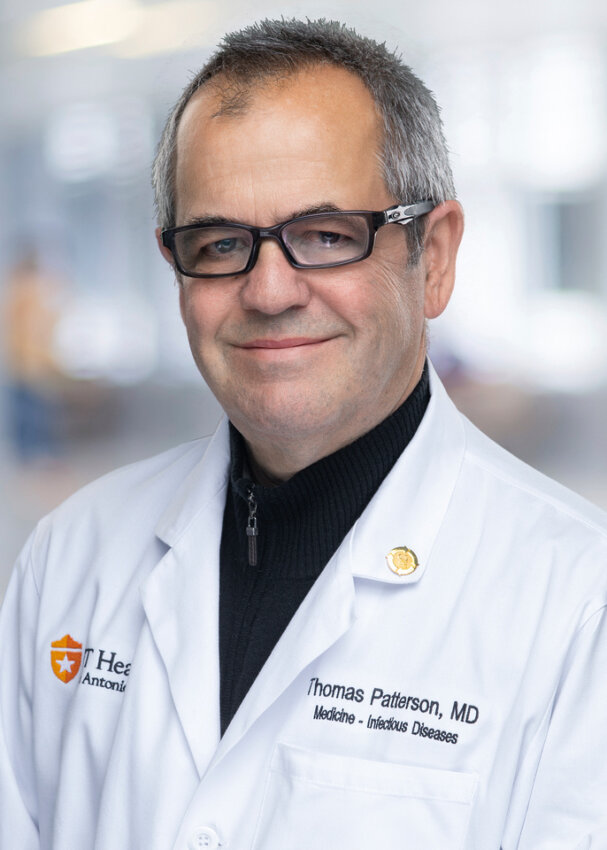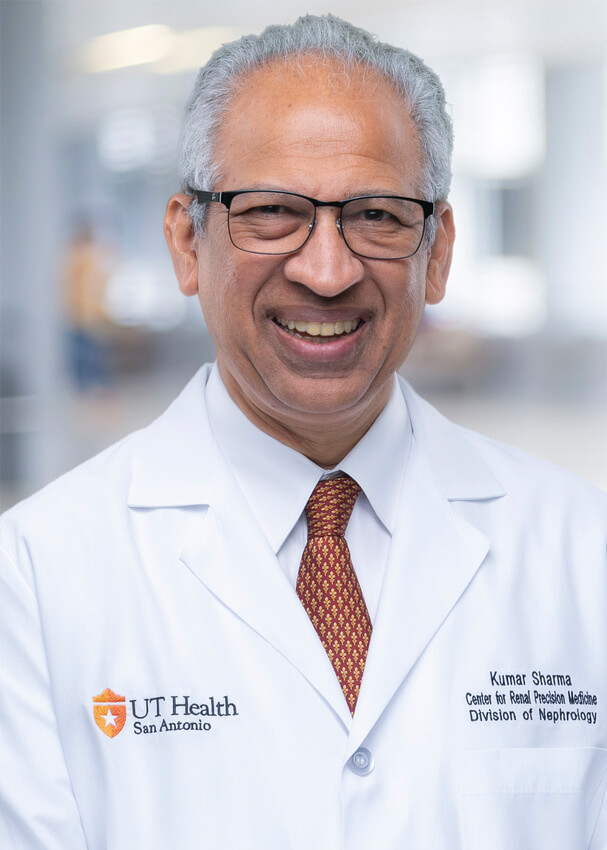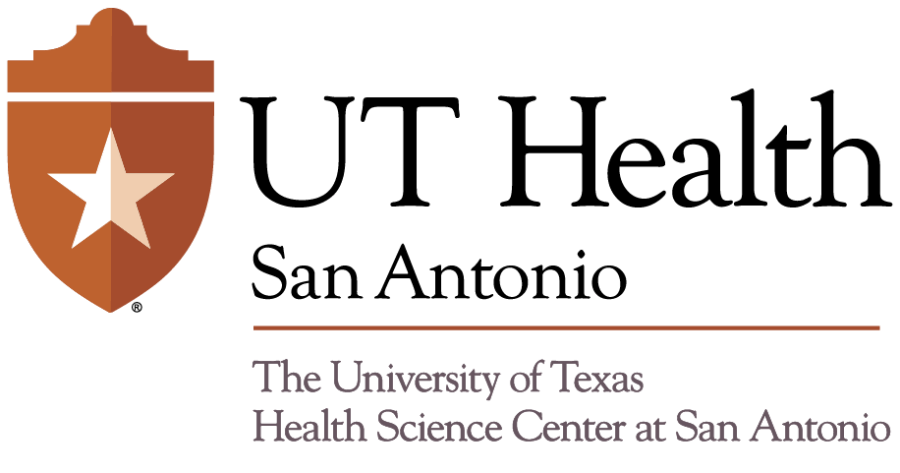University researchers are discovering key biomarkers of this complex condition, contributing significantly to the nationwide race to uncover its root causes and impacts on aging.
Written by Michael Seringer
In the early phase of the COVID-19 pandemic, much of the medical community focused on the development of effective vaccines. But now a growing body of evidence points to a lingering phenomenon that could be even more devastating than the pandemic — long COVID. According to the Centers for Disease Control and Prevention, one out of 13 Americans has long COVID, making it one of the most common diseases in the U.S.
Characterized by a myriad of debilitating symptoms that persist well after the resolution of the initial infection, long COVID has emerged as a clinical enigma that researchers are deciphering to treat its wide spectrum of complications. Researchers at The University of Texas Health Science Center at San Antonio are discovering key biomarkers and mechanisms of long COVID, contributing significantly to the nationwide race to uncover the root causes of this complex condition.
Also known as post-acute sequelae of SARS-CoV-2 infection, or post-acute COVID-19 syndrome, long COVID symptoms range from deep fatigue to loss of taste or smell, constant shortness of breath, heart palpitations and digestive problems. This debilitating array of indications impacts young and old alike — regardless of fitness levels and general health — and leaves patients with an exhausting post-viral infection hangover that lasts well after the acute viral infection is gone. Some marathon runners report they have trouble even climbing one flight of stairs with long COVID.
The complexities presented by long COVID make uncovering its causes particularly challenging. In response, the National Institutes of Health launched a nationwide initiative, called Researching COVID to Enhance Recovery (RECOVER) to understand the long-term health effects of COVID-19. UT Health Science Center San Antonio, in collaboration with University Health, is one of 17 national adult RECOVER cohort sites and the only site in Texas. With participants in both San Antonio and Laredo, the RECOVER initiative is poised to make key discoveries that answer critical questions about the mechanism behind long COVID.
Being a RECOVER site benefits both the institution and its patients, said Monica Verduzco-Gutierrez, MD, professor and chair of the Department of Rehabilitation Medicine at the university’s Joe R. and Teresa Lozano Long School of Medicine.

The RECOVER study is the largest NIH-supported initiative to understand the course of long COVID and its manifestations and etiologies, said Thomas F. Patterson, MD, vice chair for clinical research and chief of the Division of Infectious Diseases.
“UT Health San Antonio has enrolled almost 1,000 participants from South Texas,” said Patterson. “In our cohort, clusters of symptoms relating to loss of smell or taste, post-exercise myalgia, fatigue, brain fog, dizziness, palpitations and gastrointestinal disturbances were more common in patients with persistent long COVID symptoms than those without.”
By following a cohort that includes people with long COVID and those who have never had COVID symptoms, the RECOVER initiative will help investigators better understand how long COVID develops.
“The RECOVER initiative follows people after COVID to determine the trajectory of recovery and look at the pathophysiology of what is happening with people who have had COVID,” said Verduzco-Gutierrez. “It is a multisite observational study of the effects of SARS-CoV-2. People came into the study with long COVID, others were enrolled after they had COVID and some never had COVID, allowing us to compare and learn from multiple populations.”
Revealing health care inequities
Health care inequities become more acute during public health crises, which has been the case with both acute COVID and long COVID. Indigenous, Black and Hispanic communities experienced higher rates of COVID-19 infection, hospitalization and death compared to white communities, according to a 2021 study published in the Journal of the American Medical Association.
These disparities were driven by factors such as unequal access to health care and social determinants of health such as higher rates of poverty. Recent household surveys by the U.S. Census Bureau show that minority populations are more likely to suffer from long COVID. Since Hispanics are highly represented in the UT Health Science Center San Antonio patient population, involvement in the RECOVER initiative bolsters minority representation in the overall cohort and widens access to medical interventions to patients, Verduzco-Gutierrez said.

“We are in San Antonio with one of the largest minority populations in the United States,” said Verduzco-Gutierrez. “The Hispanic population can be underserved when it comes to rehabilitation services. I wanted to make sure that this population had access to care.”
Inequity extends to hospital admission rates and patient access to treatment, resulting in a higher degree of suffering during long COVID. These disparities have been well documented among minority populations. By analyzing census household survey data alongside health outcomes and national COVID-19 data, researchers have gained insights into how various demographic and socioeconomic factors contribute to disparities in COVID-19 outcomes. UT Health Science Center San Antonio and Laredo clinical RECOVER data are critically important in making sure minority populations are adequately represented in research, Verduzco-Gutierrez said.
Older adults have more severe long COVID
Along with contributing to increased health care disparities, long COVID is more prevalent among older patients, said Barbara Taylor, MD, MS, professor of medicine in infectious diseases and assistant dean for the MD/MPH program at UT Health Science Center San Antonio.

“We know that long COVID is more common among people over 50, among people with pre-existing conditions and people who had a more severe initial COVID infection,” Taylor said. “If you were ill enough with COVID to be hospitalized in an ICU, you are more likely to have symptoms that are consistent with long COVID.”
Young people can also be affected. Taylor cautions that long COVID has impacted younger populations who experienced mild symptoms during their COVID infection.
Age-related physiological changes, such as decreased lung function and microvascular dysfunction, made older individuals increasingly susceptible to acute COVID and therefore more vulnerable to long COVID, said Taylor, who looks forward to upcoming clinical trials that will attempt to discover the underlying mechanisms of long COVID. Determining the drivers of symptoms such as immune dysregulation, autoimmunity issues and endothelial dysfunction will lead to better therapies that could potentially prevent long COVID altogether, she said. These therapies are essential to improving the quality of life for older populations.
Since severity of the acute COVID infection correlates with developing long COVID, treatment of acute COVID in older adults with therapeutic agents such as nirmatrelvir/ritonavir (Paxlovid), is crucial to preventing long COVID.
The search for biomarkers

Kumar Sharma, MD, director of the Center for Precision Medicine, chief of the division of nephrology and vice chair for research in the university’s Department of Medicine, views the RECOVER initiative as a rich source of relevant data for investigating the impact of long COVID on the kidneys. Sharma is investigating long COVID metabolomics, examining small-molecule metabolites in urine samples. Changes in metabolite profiles can provide insights into an altered metabolic pathway associated with long COVID. The main goal of Sharma’s research is to identify long COVID biomarkers that could potentially be translated into targeted treatments.
“Our team is looking at the metabolome and microbiome to determine if there are signals we can identify to predict those patients who develop chronic kidney disease from long COVID,” said Sharma.
“By taking an unbiased approach, we hope to uncover key metabolites that identify the pathways responsible for vascular dysfunction related to the kidney and other complications of long COVID. We will also be interacting and sharing data with other groups in the consortium who will be studying the immune system, epigenetics and organ-based phenotype analysis. It will be a major effort and a new paradigm to understand complex diseases at a multi-institutional level.”
The kidneys are one of many areas where investigators are searching for biomarkers to determine the mechanisms behind long COVID. As part of a horizontally aligned institution, researchers at UT Health Science Center San Antonio can more easily translate basic science through animal models all the way to the clinic as they investigate novel therapies.
Having a large cohesive team focused on bringing relief to those suffering from long COVID will speed up the process of taking a therapy from “bench to bedside,” Sharma said. This team approach is good news for the large population of patients who endure the debilitating effects of long COVID.
Keeping the patient’s perspective in focus is a key factor in discovering effective treatments against a condition that causes high levels of inflammation, Sharma said.
“I have been surprised at the persistence of long COVID over years in some patients and the amazing effect that acute inflammation has on many organs throughout the body over many months,” Sharma said. “The levels of inflammatory markers were literally off the wall with acute infections, and this could be viewed as a post-traumatic syndrome at the organ level in many patients.”
Essential community support
Study participants in the RECOVER initiative are providing essential support to the understanding of long COVID, Taylor said. Taking part in a research study is not an easy task. Those participating are contributing their limited time as well as biological samples to the research. Participating in a politically charged environment that is rife with COVID misinformation makes their contribution even more extraordinary, she said.
“We are really fortunate to have community members who are willing to partner with researchers and participate in studies,” said Taylor. “I am very grateful that we have almost 1,000 participants in RECOVER in South Texas. When you consider there are around 15,000 participants in RECOVER in the entire nation, we are really contributing. I think it is incredibly heartening and inspiring as a researcher to see a community step forward and participate in the RECOVER study. I am deeply grateful for the people willing to participate in the research here in South Texas.”
Goals of long COVID longitudinal research
1. Characterizing symptoms and duration. Investigators are working to categorize and document the wide array of symptoms associated with long COVID. Symptoms include fatigue, shortness of breath, cognitive difficulties (“brain fog”), joint pain, chest pain, digestive problems and more. Multiple studies aim to determine how long these symptoms persist and how they have changed over time.
2. Risk factors and predictors. Research is being conducted to identify risk factors that may contribute to some individuals being more likely to experience long COVID. Factors such as age, sex, race, severity of acute infection and preexisting health conditions are being investigated.
3. Impact on daily life. Studies are exploring how long COVID symptoms affect an individual’s quality of life, ability to work, engagement in physical activity and performance of daily tasks. This information is crucial to understanding the broader impact of the condition.
4. Biomarkers and underlying mechanisms. Researchers are investigating potential biomarkers in the blood, urine and other samples that could provide insights into the underlying mechanisms of long COVID and help guide targeted treatment approaches.
5. Treatment and management strategies. Clinical trials and observational studies are evaluating different interventions to alleviate long COVID symptoms and improve the well-being of patients. These interventions include medications such as nirmatrelvir/ritonavir, rehabilitation programs, psychological therapies and lifestyle modifications. There are also rehabilitation programs for sense of smell and taste.
6. Long-term follow-up. Research based on long-term follow-up of individuals who have recovered from acute COVID-19 is tracking their health and symptoms over an extended period to understand how long COVID evolves over time.
7. Patient perspectives. Qualitative research aimed to capture the experiences and perspectives of individuals living with long COVID will help health care professionals and researchers better understand the challenges patients face and tailor treatments accordingly.
8. Multidisciplinary care models. Studies are exploring the effectiveness of multidisciplinary clinics and care teams in managing long COVID. These clinics bring together various health care professionals to address the diverse range of symptoms and challenges experienced by long COVID patients.


